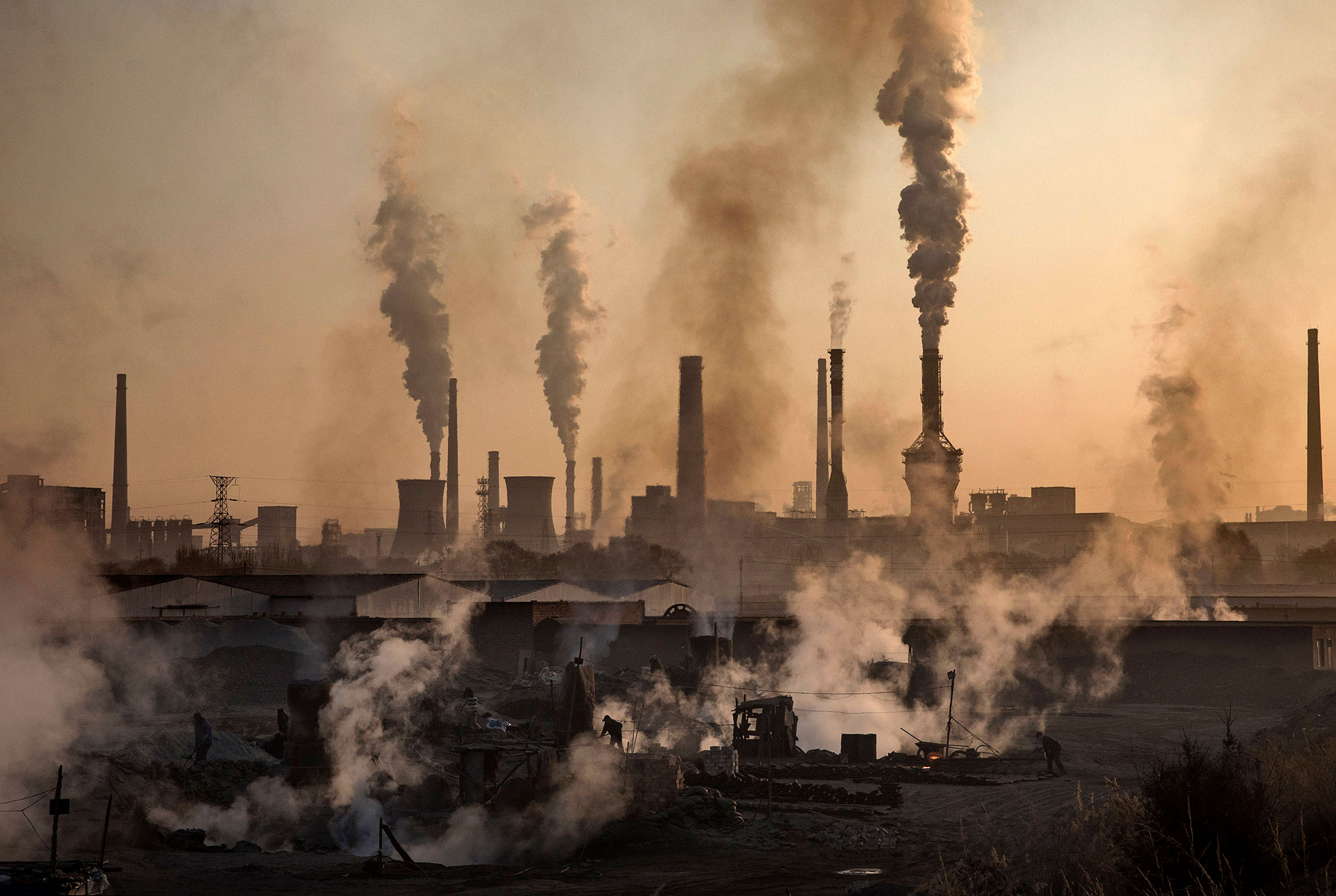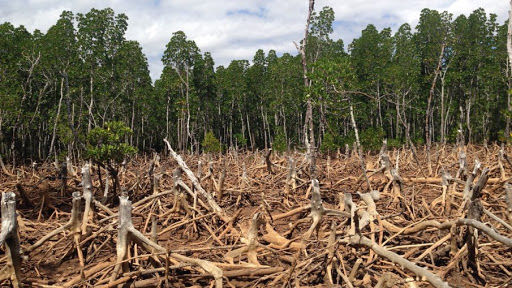



Conserve for a Better Tomorrow
What would happen if all the ice on Earth melted? The answer to that question is not a happy one and it would end in the flooding of many cities. Many inventions have made human life incredibly efficient however, there are downsides to this. The average global temperature has risen by 2 degrees fahrenheit since 1880, and it is continuing to rise. Think about how hot the summers would be and how little snowfall there would be in the winter if temperatures continued to rise!
Pollution is quite literally everywhere! It can be seen on the streets of the most populated cities all the way down to your very own home! Pollution is one of the most devastating causes of global warming and yet, there are so many things that we could do to slow it down. There are five main types of pollution and these are: land pollution, water pollution, air pollution, light pollution, and noise pollution. While reading, try thinking of a moment where you saw that type of pollution in your neighborhood or township.
Land, water, and air pollution, or as we at EcoMe, like to call “The Big Three”. These are the most detrimental types of pollution to our environment. The names of each are quite self-explanatory but a basic definition all of them would be the contamination of either land, water, or air. This contamination could be through waste, toxins, excess carbon dioxide, etc..

Although light pollution is mostly overshadowed by land, water, and air pollution, it also poses a large problem to the ecosystem. Light pollution is caused when light is used when it isn’t necessary. For example, during the night time, if you have a light on in your home when no one is in the room, then this would be contributing to light pollution.
This is one of the more complicated types of pollution and harder to track since it is technically an “invisible danger”, it can’t be seen or felt in any way. Noise pollution can simply be defined as any disturbing noise that interferes with human and wildlife well-being. Noise pollution can be anything from construction work to just any loud noises.
Do you know where all the paper we use comes from? Yes, paper comes from trees. But did you know that approximately 3.5 to 7 billion trees are cut per year? The process of cutting down and removing trees for agricultural, energy usage, construction and other day-to-day purposes is known as deforestation.
As the years go by, deforestation continues to reduce the amount of trees that covers Earth’s surfaces. Getting rid of all these trees is creating a negative impact on the biodiversity of the forest ecosystem - in other words, the organisms that live with these trees and the conditions of the forests.
Trees play a very important role in providing energy and homes to the animals around it. They also help collect the high amounts of carbon dioxide in the air and turn it into oxygen, which helps address climate change. By chopping down trees, more greenhouse emissions are released into the atmosphere, which is one of the primary causes of climate change.
In addition, the loss of so many trees is affecting the quality of water since three-fourths of the freshwater on Earth originates from watersheds located in the forests.
In Uganda, people heavily depend on timber, firewood and charcoal. Uganda has already lost 63% of its forest areas. Children, especially girls, are even sacrificing their education to collect firewood as asked by their families. The effects of destruction can be seen in the Amazon rainforest as well. Forests are one of the many types of habitats that are being threatened by human actions. For instance, wetlands and oceans are facing a lot of destruction, which ultimately takes a toll on the wellbeing of Mother Earth.

What do you imagine when you hear the words “climate change”? Maybe you picture warmer weather or freezing temperatures. Well, climate change can look like this, but often it is even more drastic. Maybe you have heard of the wildfires in California, the glaciers melting in the Arctic, or even the flooding in Australia. All of these are direct results of climate change and global warming.
Now you may be wondering what exactly is climate change? Well, climate change describes the changes in precipitation, temperature, and wind patterns in a region over a certain period of time. You might be thinking, but what is global warming? Well, global warming is one of the root causes of climate change. The term global warming refers to the rapid increase in the Earth's average surface temperature. It is primarily due to the burning of fossil fuels such as petroleum, coal, and natural gases. These fossil fuels emit greenhouse gases like water vapor, carbon dioxide, and methane, which lead to changes in the Earth’s surface temperature.